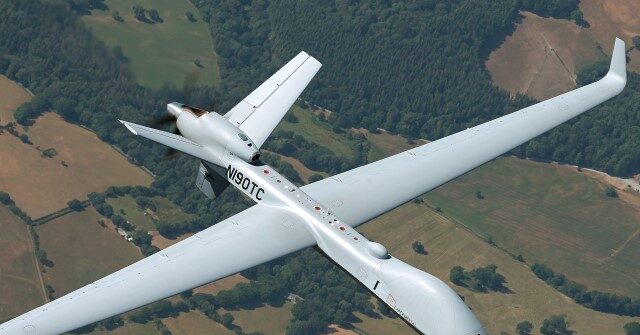On a significant note, the United States and India recently concluded a monumental deal valued at $3.5 billion, marking India’s commitment to enhancing its defense capabilities through the acquisition of 31 MQ-9B drones, specifically the SkyGuardian variant. The Indian Defense Ministry confirmed that two crucial contracts were signed; one with the U.S. government under the Foreign Military Sales program, allowing India to procure these advanced unmanned aerial vehicles, and another with the Indian branch of General Atomics for ongoing logistics, maintenance, and repair services. This comprehensive agreement culminated from eight years of negotiations under both the Trump and Biden administrations, as well as an extensive approval process within the U.S. Congress, eventually receiving State Department approval in February 2024.
The strategic significance of this drone deal cannot be overstated. According to the State Department, this sale is poised to bolster U.S. foreign policy and national security objectives by enhancing the U.S.-India strategic relationship and improving the security of a key defense partner. Also highlighted were India’s efforts to modernize its military capabilities; the drones are expected to facilitate unmanned surveillance and reconnaissance patrols in critical maritime routes, a strategic requirement for India amid rising tensions in the region, particularly with China. The acquisition reflects India’s intent to safeguard its interests and bolster its regional stature.
Notably, Sameer Lalwani from the U.S. Institute of Peace underscored that the MQ-9B drones are anticipated to significantly enhance India’s deterrence strategies. The drones will be pivotal in early detection of potential adversarial advancements both on land and at sea, which is critical for India’s operational strategy against China. The allocation of 15 drones for the Indian Navy and 16 (8 each) for the Indian Army and Air Force signifies a coordinated approach to integrate these assets into India’s broader defense framework. The advanced capabilities of the MQ-9B, such as its operational endurance of over 40 hours, extended range, and high-altitude flight capabilities, underscore its potential to transform India’s military surveillance operations.
Equipped with advanced sensors that allow seamless integration with existing intelligence-gathering systems, the MQ-9B drones are poised to substantially elevate India’s Intelligence, Surveillance, and Reconnaissance (ISR) capacities. Not only can these drones operate effectively under diverse weather conditions, but they can also be armed. Reports indicate that all 31 drones will be equipped with precision weaponry, including Hellfire missiles and GBU-39B precision glide bombs, thereby allowing India to engage in precision strikes against designated targets. This armed configuration aligns with India’s broader objectives of strengthening its military posture and enhancing offensive capabilities.
The evaluation process undertaken by India prior to finalizing this deal further reinforces its strategic importance. By leasing two MQ-9B drones in September 2020, India was able to test and validate the operational effectiveness of these systems for monitoring Chinese naval movements in the Indian Ocean. Despite a setback with one drone crashing, the assessment confirmed the effectiveness of these UAVs in securing India’s maritime interests. Historically, India has faced challenges in developing its indigenous “hunter-killer” drones capable of covering the vast expanse of the Indian Ocean, making the acquisition of the MQ-9B vital for strengthening its operational reach.
This drone deal reflects a broader shift in India’s defense procurement strategy, as the country transitions away from its traditional reliance on Soviet-era military hardware towards diversifying military relationships, particularly with the United States. The acquisition of the MQ-9B drones marks India’s second-largest arms purchase from the U.S., following a prior deal for C-17 transport planes. Prime Minister Narendra Modi’s aspirations for developing domestic military capabilities through Western technology and investments of up to $100 billion in arms over the next decade signify a pivotal shift in India’s defense strategy, positioning it towards a more self-reliant and resilient military posture amidst changing geopolitical dynamics.

